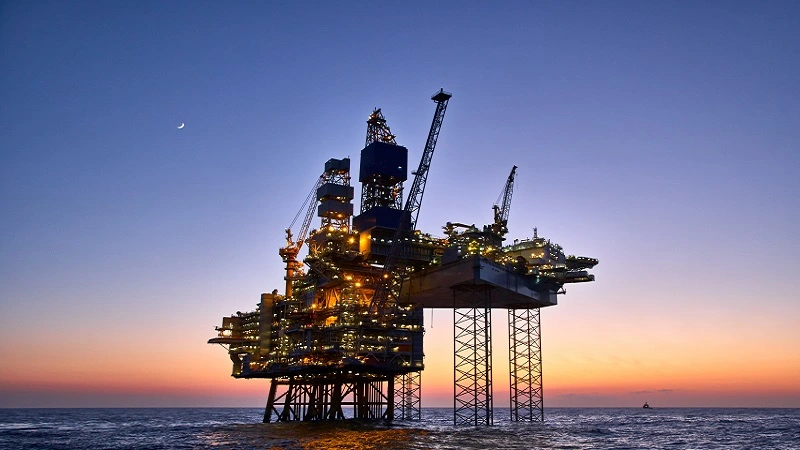
 The Department of the Interior has announced that the lead federal agency responsible for overseeing decommissioning activities within the Chumash Heritage National Marine Sanctuary will be the Bureau of Safety and Environmental Enforcement (BSEE).
The Department of the Interior has announced that the lead federal agency responsible for overseeing decommissioning activities within the Chumash Heritage National Marine Sanctuary will be the Bureau of Safety and Environmental Enforcement (BSEE).
The responsibility was transferred from the Department of Commerce to the Interior, underscoring the critical role BSEE plays in managing safe and environmentally sound offshore transitions.
The transfer followed extensive coordination between the National Oceanic and Atmospheric Administration, BSEE and the Bureau of Ocean Energy Management, ensuring a unified approach to decommissioning in the Sanctuary.
Acting Assistant Secretary for Land and Minerals Management, Adam Suess, said, “This is a strong example of interagency collaboration to streamline permitting and promote responsible energy development while honouring our commitment to environmental protection. By leveraging BSEE’s regulatory expertise, we can ensure that offshore decommissioning activities within the Sanctuary are conducted safely and efficiently.”
BSEE Principal Deputy Director, Kenneth Stevens, commented, “The announcement exemplifies our commitment to streamlining processes, reducing unnecessary regulatory burdens, and promoting energy production in alignment with strong environmental protections. Early coordination between NOAA and BSEE will ensure clarity and efficiency, establishing agreed-upon mitigation measures and providing a streamlined regulatory pathway for permittees.”
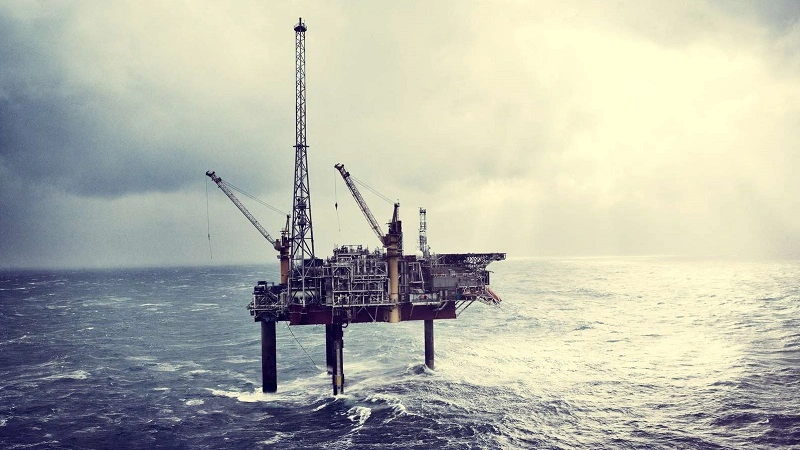
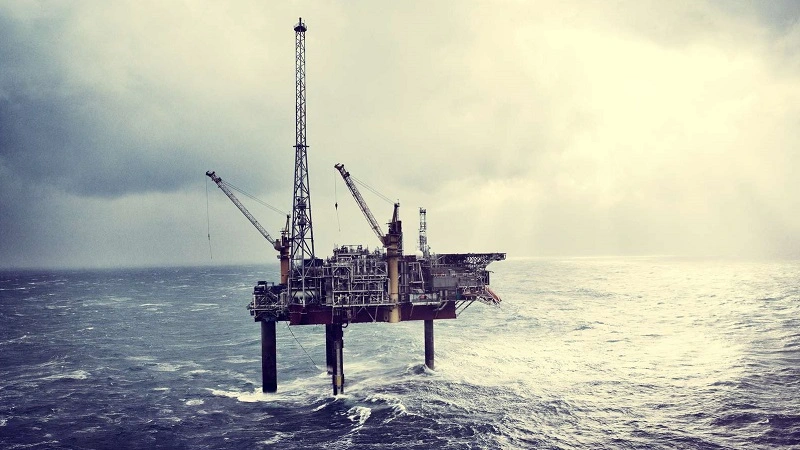 In December 2024, INEOS Energy acquisitioned the Gulf of Mexico deepwater assets of CNOOC Energy Holidays USA Inc., a subsidiary of CNOOC International Ltd, marking the third major investment for INEOS within the US in the last three years.
In December 2024, INEOS Energy acquisitioned the Gulf of Mexico deepwater assets of CNOOC Energy Holidays USA Inc., a subsidiary of CNOOC International Ltd, marking the third major investment for INEOS within the US in the last three years.
The deal includes the acquisition of non-operated assets built around two deepwater early production assets within the Gulf (Appomattox and Stampeded fields), as well as several mature assets and supporting businesses. The additional asset increase INEOS global production rate to more than 90,000 barrels of oil equivalent per day.
Brian Gilvary, Chairman of INEOS Energy, said, “This is a major step for us into the deepwater Gulf of Mexico, which builds on our growing energy business. INEOS Energy is all about competing in the energy transition to provide reliable, affordable energy to meet world demands as the population continues to grow.”
INEOS Energy’s CEO, David Bucknall, added, “The USA is a very attractive place for INEOS Energy to invest. This is our third deal in three years following the 1.4 mtpa LNG deal with Sempra and the acquisition of Chesapeake Energy’s oil and gas assets in South Texas. Total capital spend on energy assets in the USA now exceeds US$3bn, providing a strong platform for future growth.”
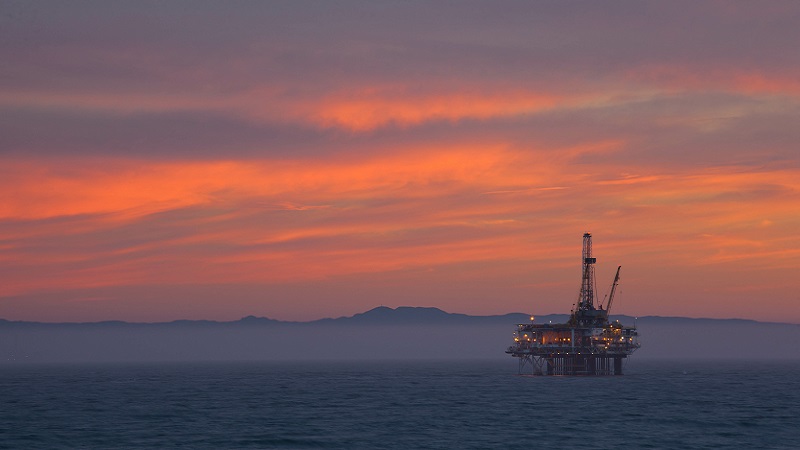
 Blake Habbit has been promoted to Danos’ new Operations Manager to lead the growth and development of the company’s decommissioning services within the Gulf of Mexico.
Blake Habbit has been promoted to Danos’ new Operations Manager to lead the growth and development of the company’s decommissioning services within the Gulf of Mexico.
In his role, Habbit will oversee the business operations and customer support throughout the decommissioning phase while coordinating across Danos’ diverse entity portfolio to ensure safe, seamless and efficient management of client’s end-of-life projects.
CEO Paul Danos said, “Blake’s extensive industry knowledge and proven track record of managing customer accounts make him the perfect fit for this role. We are confident that under his leadership, our decommissioning services will expand, and we will be able to support the changing needs of our customers as they transition to end-of-life.”
Habbit has 25 years of experience within the industry covering offshore production operations, drilling and safety. He joined Danos as a Production Services Account Manager in 2029 and was named Senior Account Manager in 2023.
Danos has previously aided in a series of decommissioning projects within the Gulf of Mexico, including two P&A campaigns for major operators in 2012 and 2017, details of which can be found on its website.
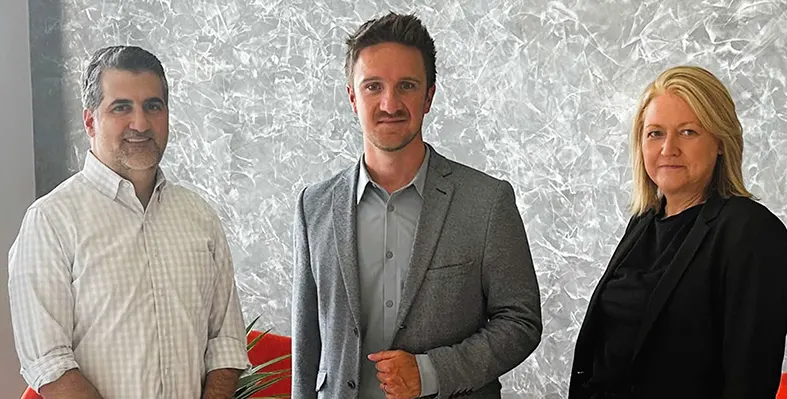
 Applicable by a significant master services contract from decommissioning specialist Promethean Energy, wells expert Elemental Energies will be aiding the decommissioning of nine orphaned wells in the Gulf of Mexico.
Applicable by a significant master services contract from decommissioning specialist Promethean Energy, wells expert Elemental Energies will be aiding the decommissioning of nine orphaned wells in the Gulf of Mexico.
In February, Elemental Energies provided well management services for the plugging and abandonment of wells in the Matagorda Island area, off the Texas coast.
The five-year contract to decommission orphaned offshore wells in the region was awarded to Promethean by the Department of the Interior’s Bureau of Safety and Environmental Enforcement (BSEE).
Elemental Energies’ Julie Copland, Head of Decommissioning and Low Carbon, said, “We're thrilled with this award as it marks a significant expansion of our efforts in the Gulf. Our rich history in decommissioning, uniquely equips us to address the Gulf's orphaned wells, applying our expertise to mitigate environmental risks, navigate complex regulations, and reduce the associated OPEX of decommissioning work. This project and partnership is a testament to our commitment to meeting evolving industry standards and safeguarding our environment."
The contract is partially funded by the Bipartisan Infrastructure Law through a US$64mn commitment to address orphaned oil and gas wells on public lands.
Steve Louis, SVP Decommissioning for Promethean Energy, said, “We at Promethean are delighted to have Elemental Energies as a strategic partner, as we work with the federal government and others to deliver these projects of strategic importance to the nation’s environmental stewardship and energy security. Elemental’s well engineering expertise is an important component of our comprehensive wells management capability as an operator of mature assets and their decommissioning.”
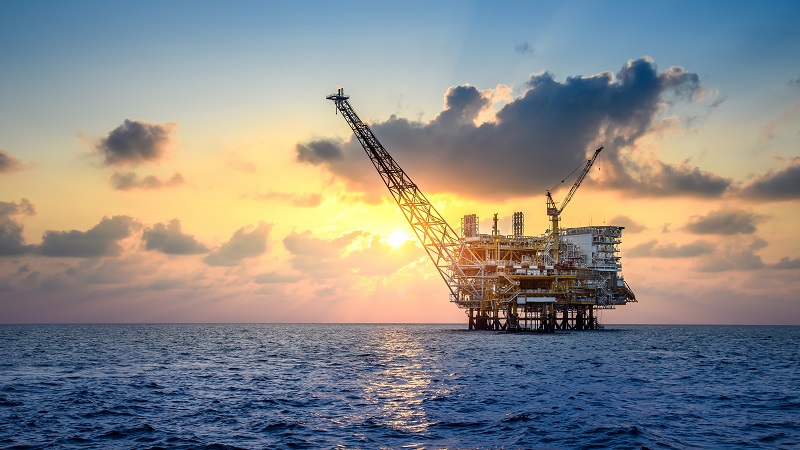
 The Department of the Interior announced a final rule from the Bureau of Ocean Energy Management (BOEM) that makes the American oil and gas industry accountable to cover decommissioning costs of offshore platforms on the US Outer Continental Shelf (OCS).
The Department of the Interior announced a final rule from the Bureau of Ocean Energy Management (BOEM) that makes the American oil and gas industry accountable to cover decommissioning costs of offshore platforms on the US Outer Continental Shelf (OCS).
This announcement comes as a relief for American taxpayers who had to otherwise bear the brunt of the huge decommissioning liabilities if the oil and gas companies failed to meet them.
Updating 20-year-old regulations, the new law demands financial assurance requirements for the offshore oil and gas industry operating on the OCS. The Government Accountability Office (GAO) found that previous practices followed by industry operators on meeting decommissioning deadlines were not as clearly defined, exposing American taxpayers to bear the cost in the end.
The final Risk Management and Financial Assurance for OCS Lease and Grant Obligations rule amendments address these concerns and reduce financial risks associated with OCS development by substantially increasing the level of financial assurances that operators must provide in advance.
“The American taxpayer should not be held responsible when oil and gas companies are unable to clean up after their own operations. The Interior Department is committed to ensuring that the federal oil and gas leasing program is implemented fairly, with accountability and transparency,” said Secretary Deb Haaland. “This final rule updates, simplifies and strengthens outdated requirements to ensure that taxpayers are protected and current operators are held responsible for their end-of-lease cleanup obligations on the Outer Continental Shelf.”
“For far too long, the federal government has failed to follow through on measures to ensure accountability for oil and gas companies operating offshore,” said Principal Deputy Assistant Secretary for Land and Minerals Management, Dr Steve Feldgus. “Coupled with our recent announcement from the Bureau of Land Management, the Department is ensuring that we have a modern oil and gas leasing programme that protects taxpayers’ interests.”
“The offshore oil and gas industry has evolved significantly over the last 20 years, and our financial assurance regulations need to keep pace,” said BOEM Director Elizabeth Klein. “Today’s action addresses the outdated and insufficient approach to supplemental bonding that does not always accurately capture the risks that industry may pose for the American taxpayer – like financial health of a company or the value of the assets that the lessee holds.”
According to the new rules, BOEM will use a credit rating from a Nationally Recognised Statistical Rating Organisation or a proxy credit rating equivalent to access a company's financial strength. The bureau will also consider the current value of the remaining proved oil and gas reserves on the lease compared to the estimated cost of meeting decommissioning obligations. If the lease has significant reserves still available, then in the event of a bankruptcy, the lease will likely be acquired by another operator who will assume the plugging and abandonment liabilities.
Companies without an investment-grade credit rating or sufficient proved reserves will need to provide supplemental financial assurance to comply with the new rule.
BOEM believes that the industry will be required to provide US$6.9bn in new financial assurances to protect American taxpayers from assuming industry decommissioning costs. To provide industry with flexibility to meet the new financial assurance requirements, the bureau will allow current lessees and grant holders to request phased-in payments in a span of three years to meet the new supplemental financial assurance demands.

 In a five-year joint framework agreement with Talos Energy Inc, Helix Energy Solutions Group, Inc gets the first right of refusal regarding specific annual work scopes for Talos’s decommissioning requirements in the US Gulf of Mexico.
In a five-year joint framework agreement with Talos Energy Inc, Helix Energy Solutions Group, Inc gets the first right of refusal regarding specific annual work scopes for Talos’s decommissioning requirements in the US Gulf of Mexico.
Scheduled to start in the second quarter of the year, the agreement outlines a base pricing structure and processes for determining and scheduling specific projects Talos requires.
The projected scopes of work include Talos’s normal course abandonment of offshore wells, pipelines and platforms, primarily on the shelf. Helix’s Louisiana-based shallow water abandonment group, Helix Alliance, plans to utilise derrick barges for structure removals, liftboats for plug and abandonment activities, and dive support vessels (DSVs) for pipeline abandonments, plus multiple offshore supply vessels (OSVs), among other assets in the course of the campaign.
Owen Kratz, Helix’s President and Chief Executive Officer, said, “We are excited to have been awarded this significant framework agreement for well and structure removal and decommissioning. Helix and Talos have worked together on field production, well intervention and decommissioning in the deepwater arena for many years, and this framework expands the relationship onto the shelf, further demonstrating Helix’s position as the preeminent company for full-field decommissioning in the Gulf of Mexico.”
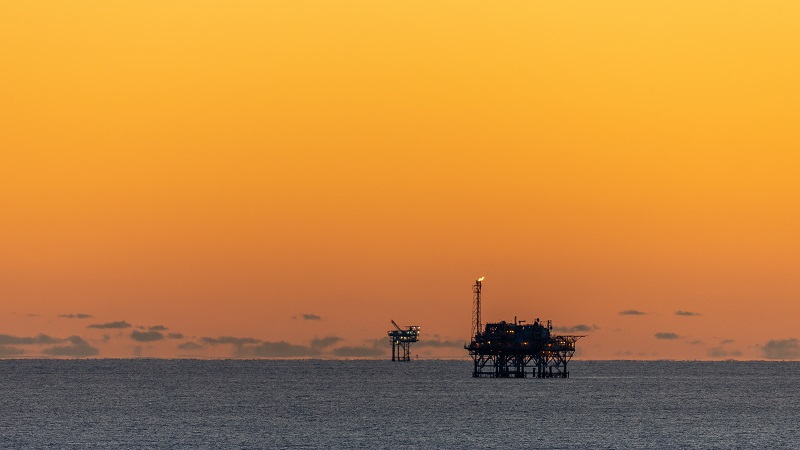

Chevron Corporation has announced that for its fourth quarter 2023 it will be impairing a portion of its US upstream assets due to continuing regulatory challenges.
Primarily in California, the challenges in the state have resulted in lower anticipated future investment levels in its business plans according to the statement. It expects to continue operating the impacted assets for many years to come.
In addition, the company indicated it will be recognising a loss related to abandonment and decommissioning obligations from previously sold assets in the Gulf of Mexico as companies that purchased them have filed for bankruptcy and the company deems it probably and estimable that a portion of the obligations will revert to it. As such, the company expects to undertake decommissioning activities on the assets over the coming decade.
Currently, Chevron is now in the process of finalising the financial impacts of these actions and will likely treat them as special items, excluded from adjusted earnings. These actions are currently estimated to result in non-cash, after-tax charges of US$3.5bn to US$4bn in its fourth quarter results.


The global offshore well intervention market is set for a period of extended growth in light of stable oil prices forecast in the short-term, maintained oil demand in the medium- and possibly long-term, and ever-increasing environmental pressures.
Globally, spending on well intervention is on the rise with Rystad Energy predicting an increase by almost 20% in 2023 to take the total tally to US$58bn. This is just the start of a forthcoming surge with 17% of wells predicted to go through the intervention process by 2027.
North America accounts for 64% of the total wells ready for intervention by 2027, according to Rystad, giving rise to the dramatic potential of the market in the Gulf of Mexico. According to BSEE, there are approximately 1,885 active production platforms on the OCS with more than 60% older than 25 years.
This is leaving operators grappling with the need to maintain production rates while also dealing with ever-ageing infrastructure, with mounting regulatory pressure increasing the need to address decommissioning obligations. In facing this conundrum, an increasing amount of well intervention activity is highlighting the importance of this service as a means to address both sides.
As new technological innovations become more viable and the understanding around methods such as light well intervention build, the market will only advance in stature, suggesting it will finally meet the potential it has promised for so long, creating a tantalising future for the crowd of service and equipment providers offering their assistance.


Trendsetter Engineering, a provider of specialised subsea hardware and offshore service solutions from exploration drilling through to abandonment, has announced the recent completion of two deepwater well stimulation campaigns for major operators in the Gulf of Mexico.
The two campaigns resulted in the successful acid treatments of a combined six wells. The campaigns arrived on the heels of a contract agreement to deliver hydraulic intervention and technical services via the Subsea Tree Injection Manifold (STIM) for a Hydrate Remediation and Flowline Flush Project in the Gulf of Mexico.
The Trendsetter STIM offers a 15,000psi rated subsea safety system designed to provide hydraulic well access for both vertical and horizontal tree types. In addition to hydraulic well stimulation, the STIM unit has been used and is capable of supporting various other hydraulic intervention operations including hydrate remediation, bull heading of kill weight fluid and cement as well flowline flushing and testing operations for both pre and decommissioning.


The Bureau of Ocean Energy Management (BOEM) has proposed changes to modernise financial assurance requirements for the offshore oil and gas industry, in order to better protect American taxpayers from incurring the costs associated with the oil and gas industry’s responsibility to decommission offshore wells and infrastructure.
BOEM Director, Liz Klein, commented, “These proposed updates to our financial assurance regulations will help ensure that energy companies that are operating in publicly-owned federal waters are able to fulfill their clean-up and decommissioning responsibilities, without taxpayers having to step in to foot the bill. The commonsense updates that we are proposing would modernise evaluation and financial criteria so that we are better protecting taxpayers from the decommissioning costs associated with aging oil and gas infrastructure on the Outer Continental Shelf.”
Together with reforms to royalty rates, rental rates, onshore bonding requirements, and leasing practices, the changes being announced today continue to advance the Biden-Harris Administration’s federal oil and gas reform agenda, which was outlined in a report that the Department of the Interior developed in response to Executive Order 14008.
The proposed rule would establish two metrics by which BOEM would assess the risk any company poses for the American taxpayer.
To accurately and consistently predict financial distress, BOEM would use credit ratings from a nationally recognized statistical rating organisation, or a proxy credit rating generated through a statistical model. BOEM would require companies without an investment-grade credit rating to provide additional financial assurance. BOEM is seeking public feedback on whether it should rely on credit ratings to make these determinations and what credit rating threshold would best protect taxpayer interests without imposing undue burdens on industry.
Second, BOEM would consider the current value of the proved oil and gas resources on the lease itself when determining the overall financial risk of decommissioning, given that any lease with significant reserves still available would likely be acquired by another operator that would then assume the liabilities in the event of bankruptcy.
The proposed regulatory changes would provide additional clarity and reinforce that current grant holders and lessees bear the cost of ensuring compliance with lease obligations, rather than relying on prior owners to cover those costs.
BOEM would use decommissioning estimates based on industry reported data collected by the Bureau of Safety and Environmental Enforcement (BSEE) at a level that would adequately cover estimated decommissioning costs without being overly burdensome. This proposed rule would allow current lessees and grant holders to request phased-in payments over three years for new financial assurance amounts.
The proposed changes were published in the Federal Register on 29 June, which will open a 60-day public comment period.
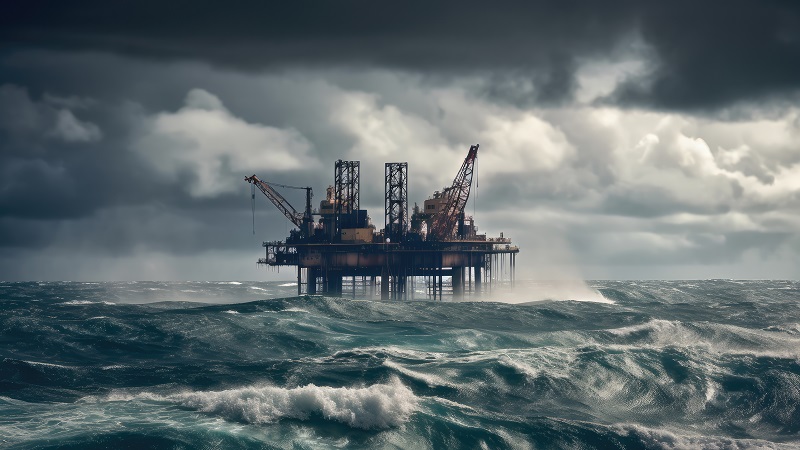

The Bureau of Safety and Environmental Enforcement (BSEE) Director, Kevin Sligh, has announced a US$3mn investment from the Bipartisan Infrastructure Law to help reduce the risk of pollution from orphaned infrastructure on the federal Outer Continental Shelf.
The funding will specifically support BSEE decommissioning service contracts in the Matagorda Island lease area in the Gulf of Mexico. The funds are part of a nearly US$64mn commitment from President Biden’s Investing in America agenda to address orphaned oil and gas wells on public lands.
“The funding announced today under the President’s Bipartisan Infrastructure Law is critical for helping BSEE leverage available funds to tackle the backlog of decommissioning orphaned infrastructure offshore in the Gulf of Mexico,” commented Sligh. “If not properly decommissioned, offshore oil and gas infrastructure can become safety hazards, cause environmental harm, or interfere with navigation, fishing, or other uses of the Outer Continental Shelf.”
BSEE plans to award contracts to address nine orphan wells and associated pipelines and platforms in the Matagorda Island lease area, approximately 12 miles off the Texas coast. The initial contract will address the most immediate and urgent needs to reduce the risk of safety incidents and pollution in preparation for well-plugging operations.
An important part of BSEE’s responsibilities is to ensure that infrastructure used in exploration, development, and production activities undertaken according to the Outer Continental Shelf Lands Act is properly decommissioned to provide the long-term protection of the resource and the surrounding environment.
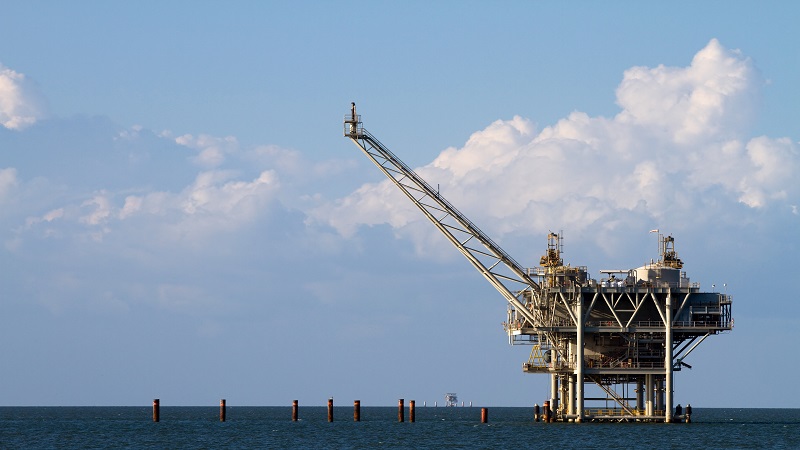

Petrofac, a leading provider of services to the global energy industry, has added a third Gulf of Mexico field, and extended the scope of its existing contract to decommission two fields, in the Gulf of Mexico.
Following this contract expansion, the legacy offshore fields and assets now include 12 platforms, 211 wells and 32 pipeline segments, as well as operations and logistics services. The scope includes the safe, efficient, and assured decommissioning of the fields and operation of the fields during the execution of the decommissioning work.
Petrofac will use its proven decommissioning programme management systems, tools, and processes to deliver the project. Its integrated local team, wider global decommissioning organisation and supply chain partners, have collectively plugged and abandoned more than 2,300 wells and decommissioned over 250 facilities.
Nick Shorten, Chief Operating Officer for Petrofac’s Asset Solutions business, remarked, “This sizable contract expansion recognises our industry-leading decommissioning programme management experience and our differentiated in-house capability to manage all well and asset decommissioning phases.
“Through this and other decommissioning projects, Petrofac is actively and sustainably contributing to the energy transition globally.”
Page 1 of 3